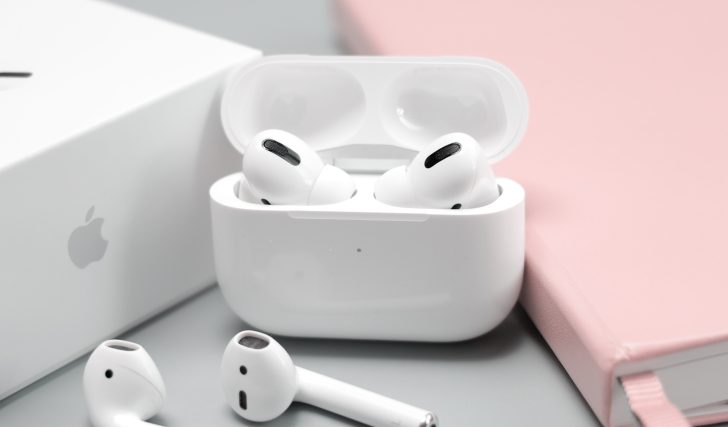The simplest fact that technology is fascinating is something that no one can deny, and in the world of tech, we are always getting something exciting. Google has now published a research paper that talks about a new experimental technology that can actually turn our existing active noise-cancellation earbuds into cardiac monitors with just a software update.
Google believes our existing active noise-cancelling earbuds and headphones have more benefits than we think
This method will allow Google to equip all existing ANC earbuds with heart rate monitors and ensure that they can monitor not just the heart rate but also heart rate variability without needing additional sensors.
The paper is titled “APG: Audioplethysmography for Cardiac Monitoring in Hearables” and talks about how this innovation works. According to Google, APG is an acoustic sensing system that sends a low-intensity ultrasound probing signal using the speakers on active noise-cancelling earbuds or headphones and receives the echoes through the microphones found on the headphones or earbuds. To make sure, the company even built a mathematical model to analyze and convert these ultrasound echoes into heart rate readings.
“We observed that, as the volume of ear canals slightly changes with blood vessel deformations, the heartbeats will modulate these ultrasound echoes,” Google mentions in the paper’s abstract.
The interesting part is that this tech can even monitor cardiac activity when music is playing on the earbuds and when the body is engaged in different physical activities like running. Google claims that APG is resilient to factors like skin tone variation, a sub-optimal seal of the ear, and ear canal size. The company further clarifies that this tech has a very minimal impact on the battery life.
What's more surprising is that this tech works in real life, as Google managed to conduct a field study that lasted eight months with 153 participants. The company discovered that the technology presents a high level of accuracy while reporting heart rate readings and heart rate variability readings. The research team's findings were reviewed even further by the Google Health team, product team, user experience team, and legal team.
This does not end here because the research team is now going to test APG with more intensive motions like hiking, weight lifting, boxing, and HIIT to see if the performance of this tech can be improved further.
“We envision that APG could enable many other exciting health research as the APG waveform contains lots of nuances beyond just HR and HRV,” the research paper mentioned in the closing thoughts.
Honestly, I am really glad that such tech exists. If Google can actually test and perfect it even further, we can soon start seeing it in almost all the mainstream earbuds and headphones that support active noise cancellation. It is a pretty cool piece of technology, and I am looking forward to seeing more on it.
News Source: Google Research



